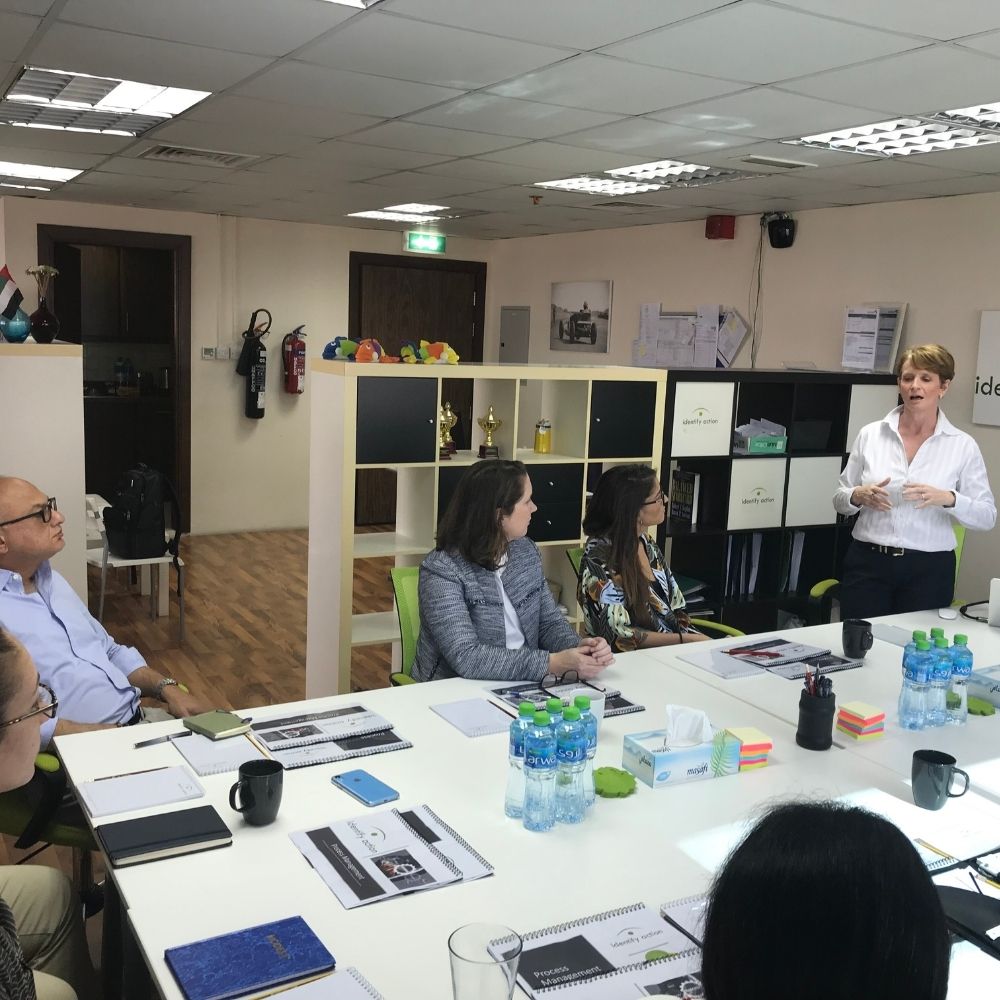
Case Study 5
Process Mapping & Motivation
PROBLEM: I want my workers to be more involved and see my business as a career, but I fear they see it only as a job. How can I motivate them to become more involved?
Creating purpose is a complex problem. How can you tell someone their role in the organisation without simply reproducing the company’s Organisational Chart? In this case study, Helena invites workers that are actually doing the job to work with managers in capturing and communicating the various processes involved within the organisation. By involving the workers in the process, Helena has shown the workers their role within the organisation, has shown them that they are an integral part of the team, and has re-enforced the significance of their job. People respond well and are motivated by understanding their own personal significance.
As we work predominantly with the service industry, one of our most successful projects was the implementation and operational rollout of a significant logistics operation. This involved the consolidation of regional and local storage and distribution of one of the largest beauty companies in the world, under one roof. We knew that the people were going to be an important part of the success of the project, and ensuring they felt part of the team was important,
We spent a significant amount of time with the team and the customer understanding how we were going to work together; process mapping formed the basis of how we documented the operations in simple to read flow charts.
We believe that if people are involved in the decision-making processes, they have a sense of ownership towards the job. During the project, we also found that it was a great learning curve for the team as to how to best work together.
Once the processes were mapped, we then started to look at the operational KPIs and the impact that each member of the team had on the business. Once we were able to communicate the overall performance and individual performances within the team, we were able to create a sense of pride from the ground up.
One of the successes of this operations was that the supervisory staff and management have now been promoted into more senior roles. We believe this is down to the fact they now understand not only what their roles are but also how they fit into the organisation. We also empowered them to have their thoughts and opinions heard, creating a sense of ownership over the project.
OTHER CASE STUDIES
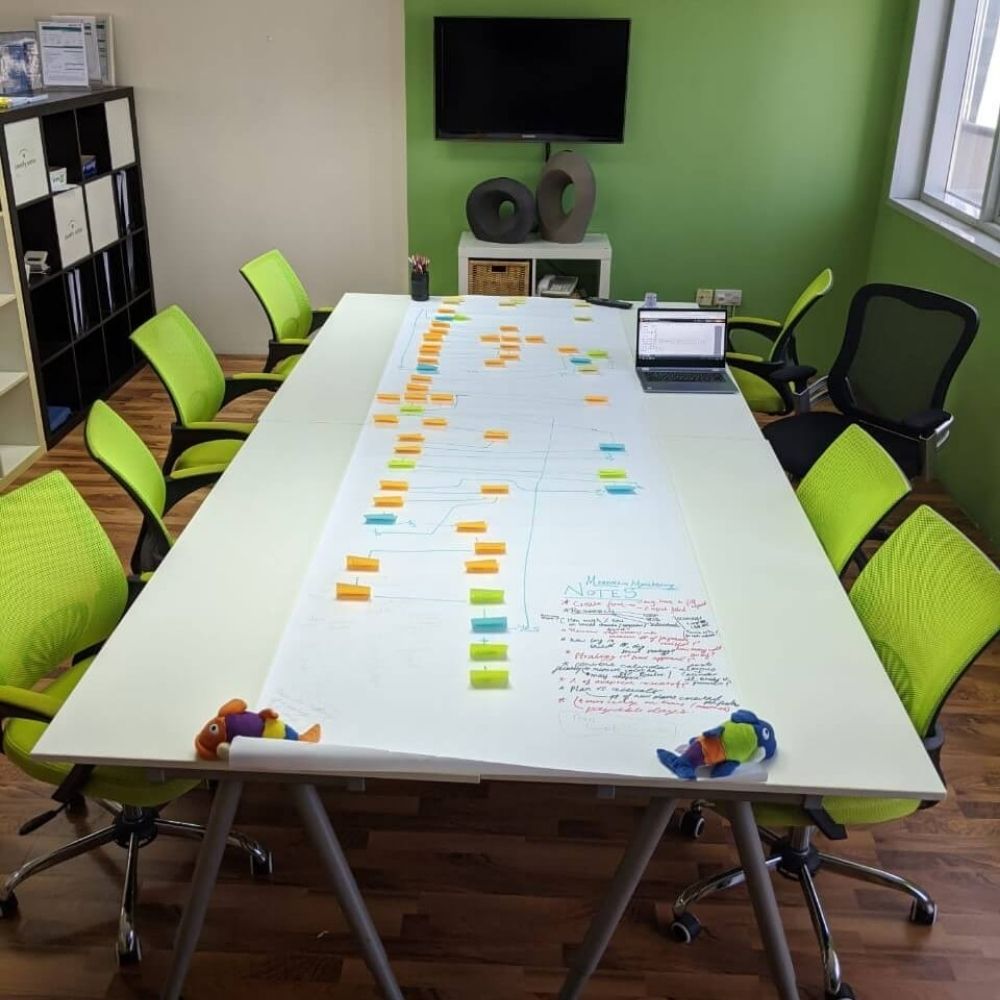
Case 1: I have to write new procedures, but I have no idea where to start!
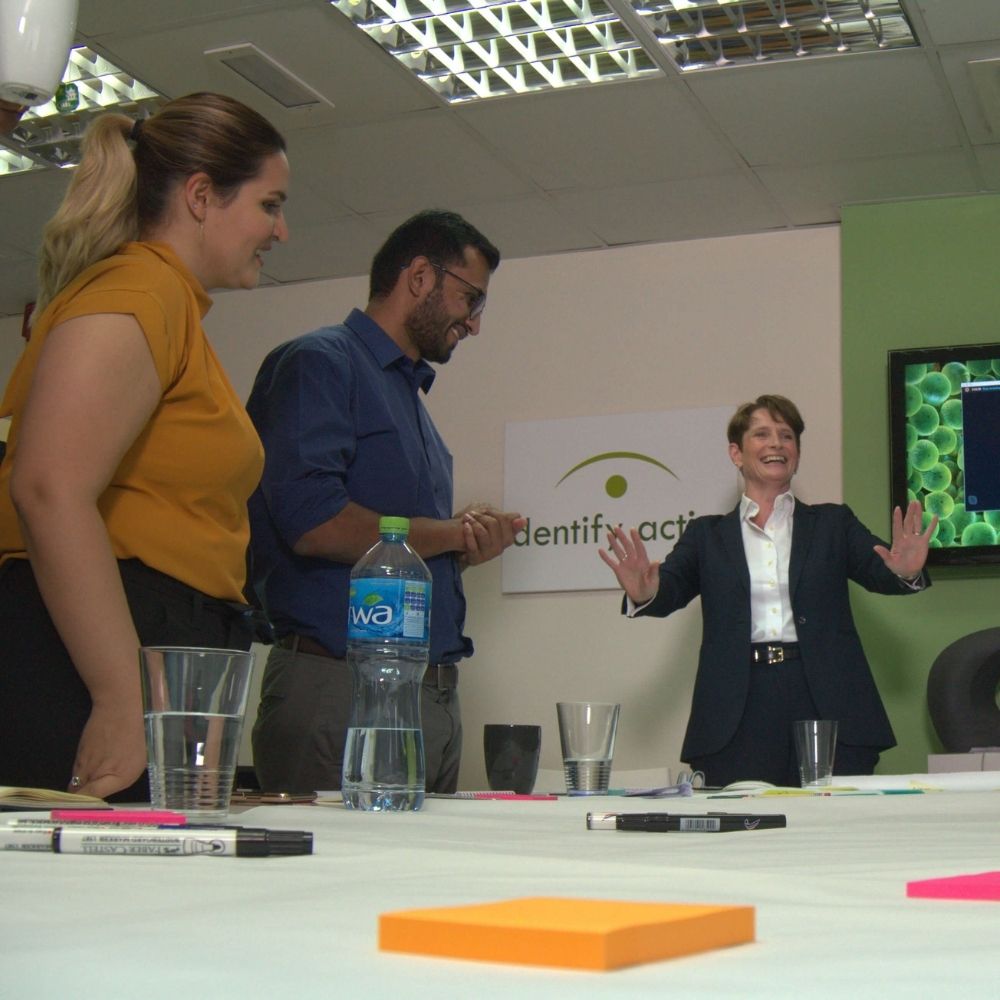
Case 2: I have to draft job descriptions but how can I find out what workers actually do?
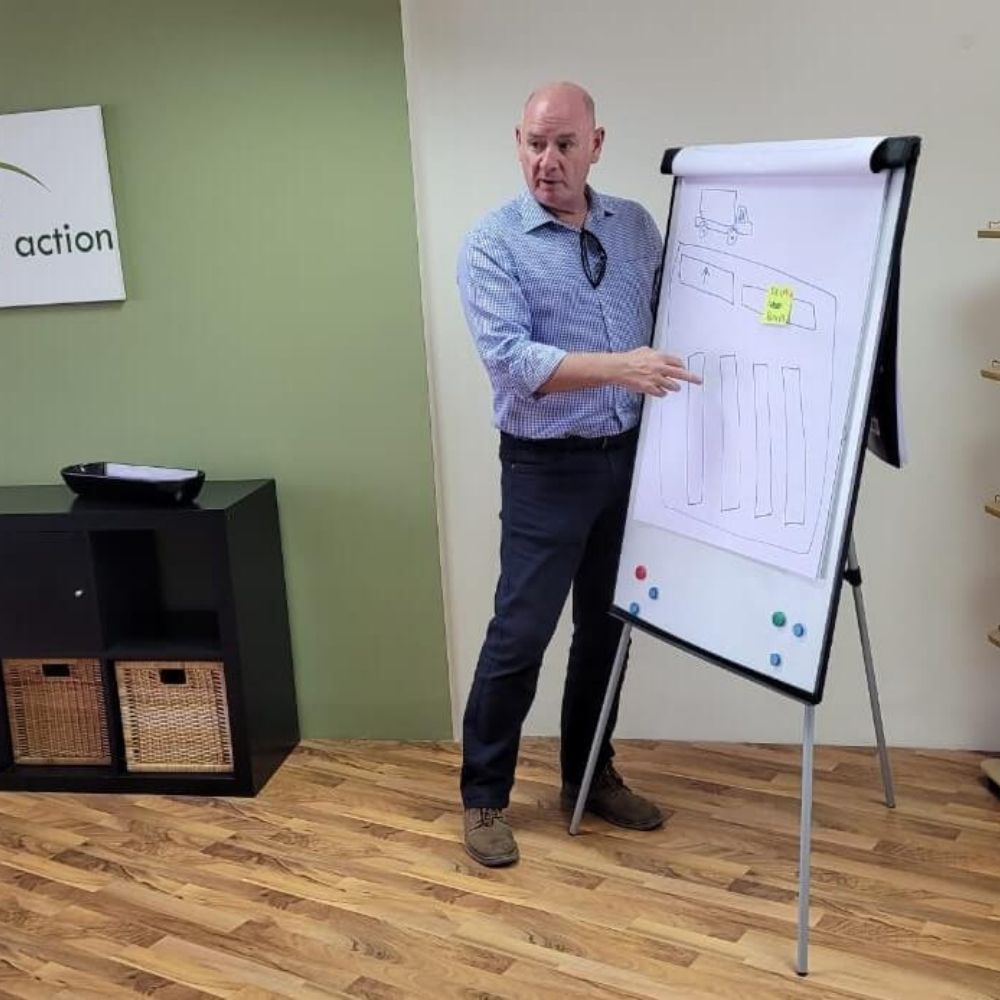
Case 3: I have a diverse workforce and I don’t want to make a cultural mistake
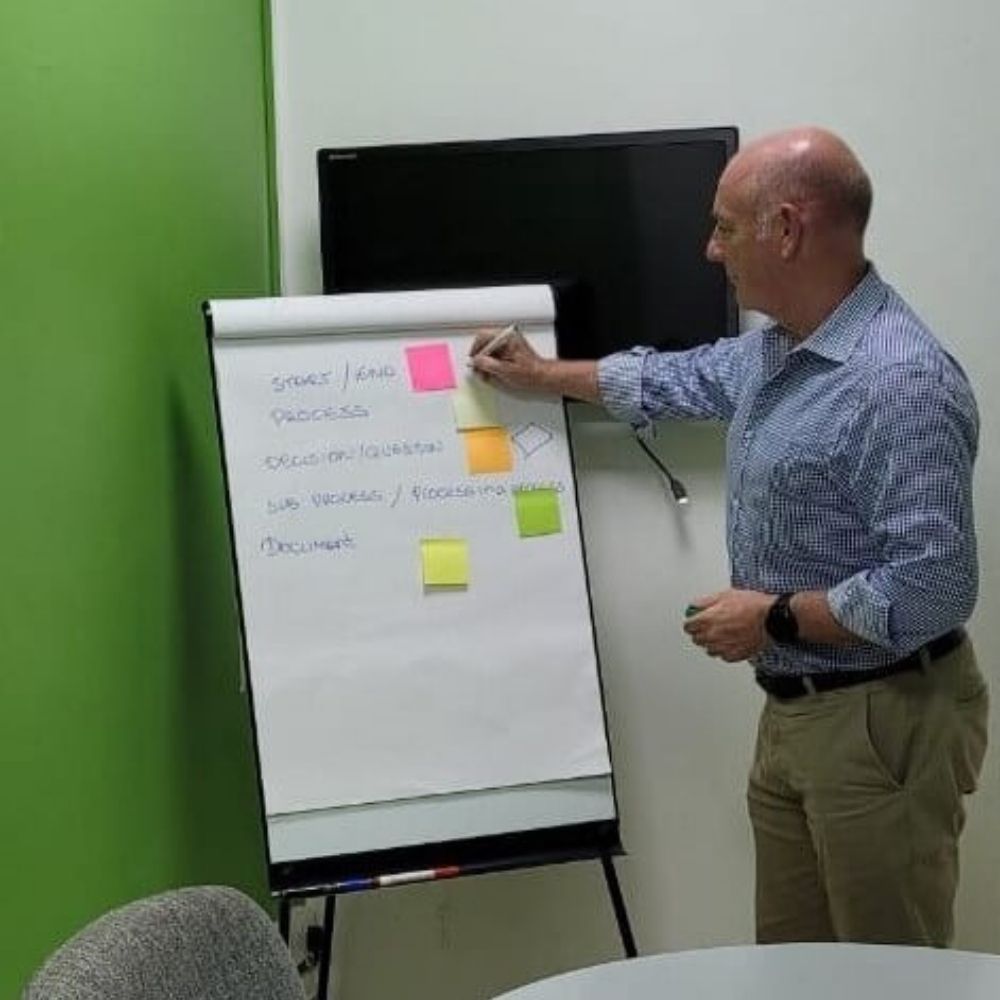
Case 4: I have a diverse workforce and I don’t want to make a cultural mistake

Case 5: How can I motivate my workers to be more involved?

